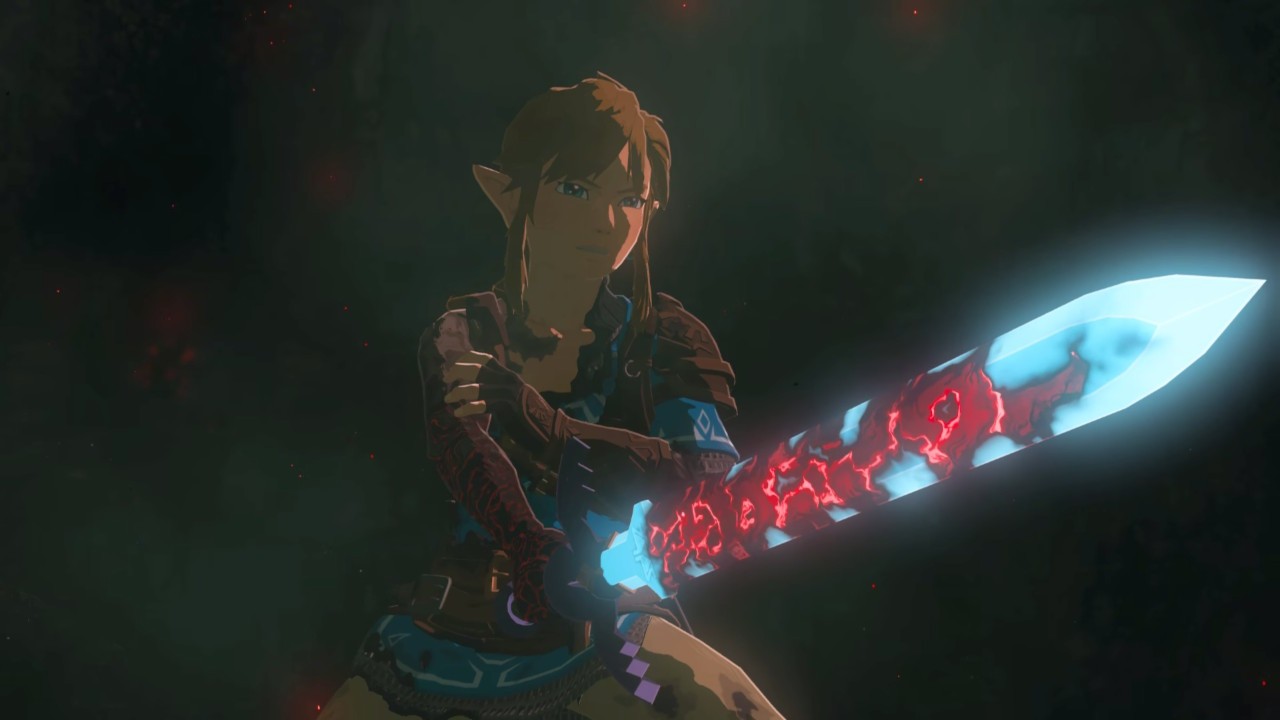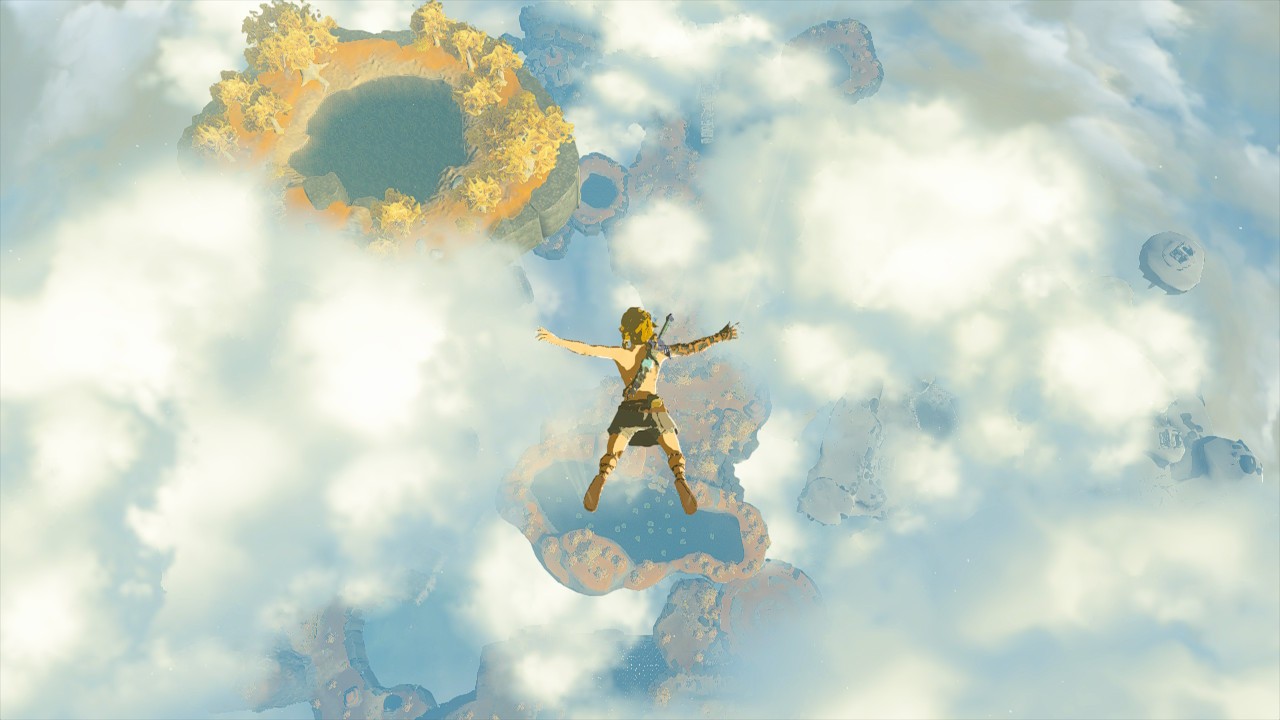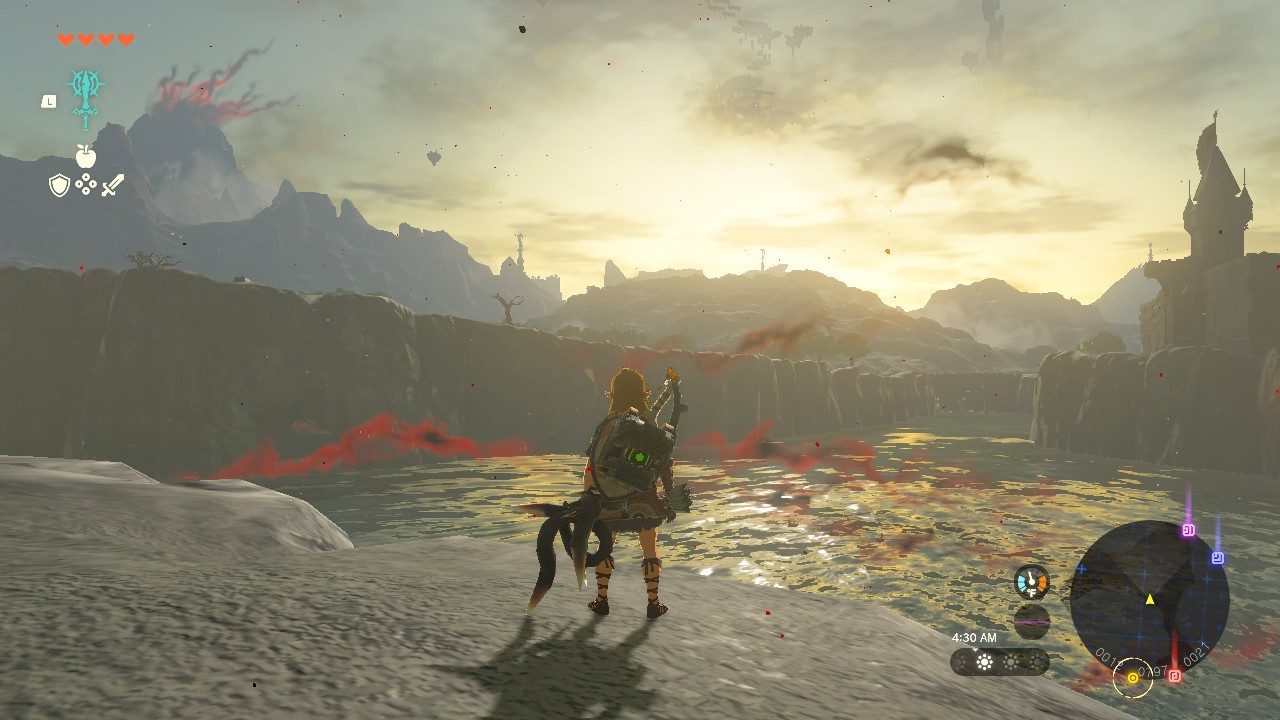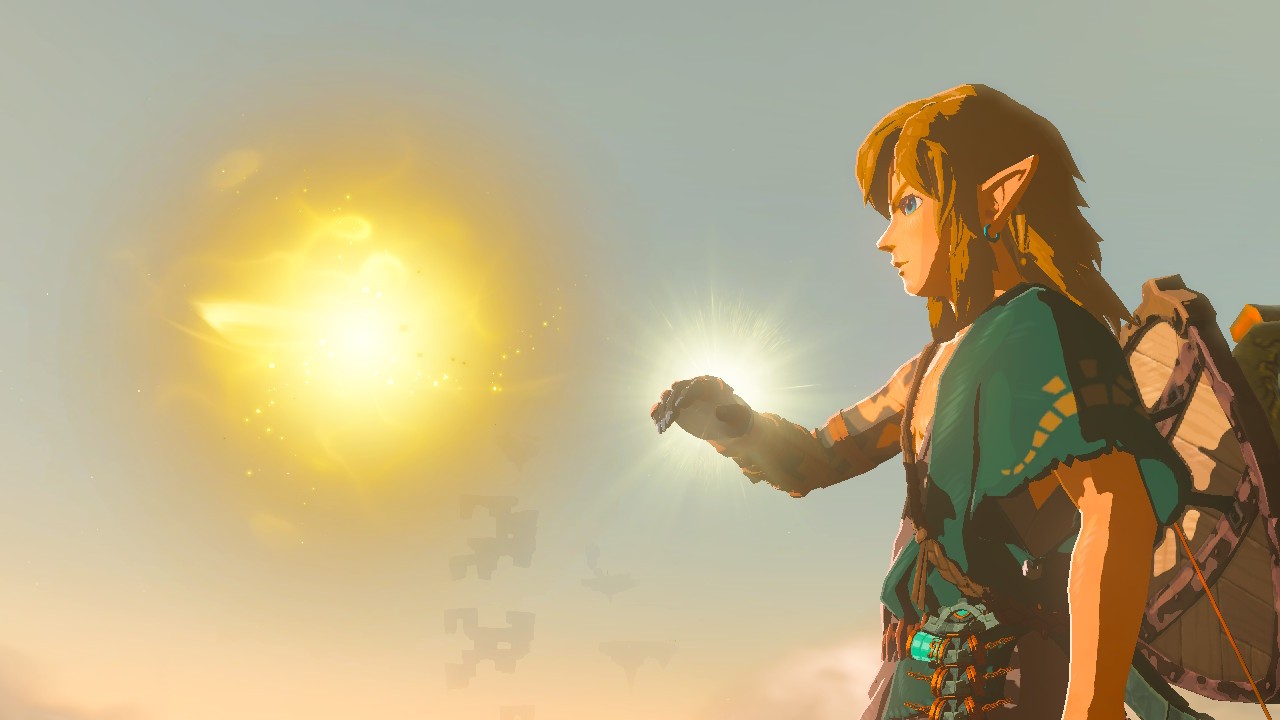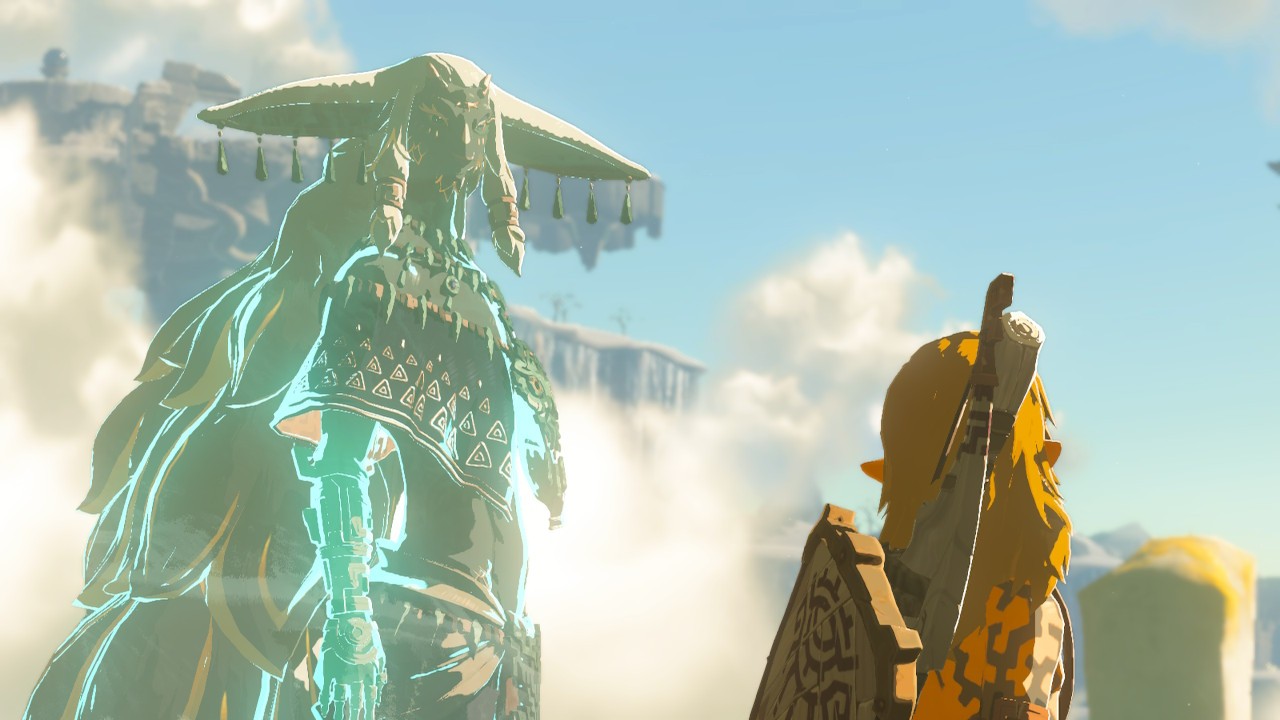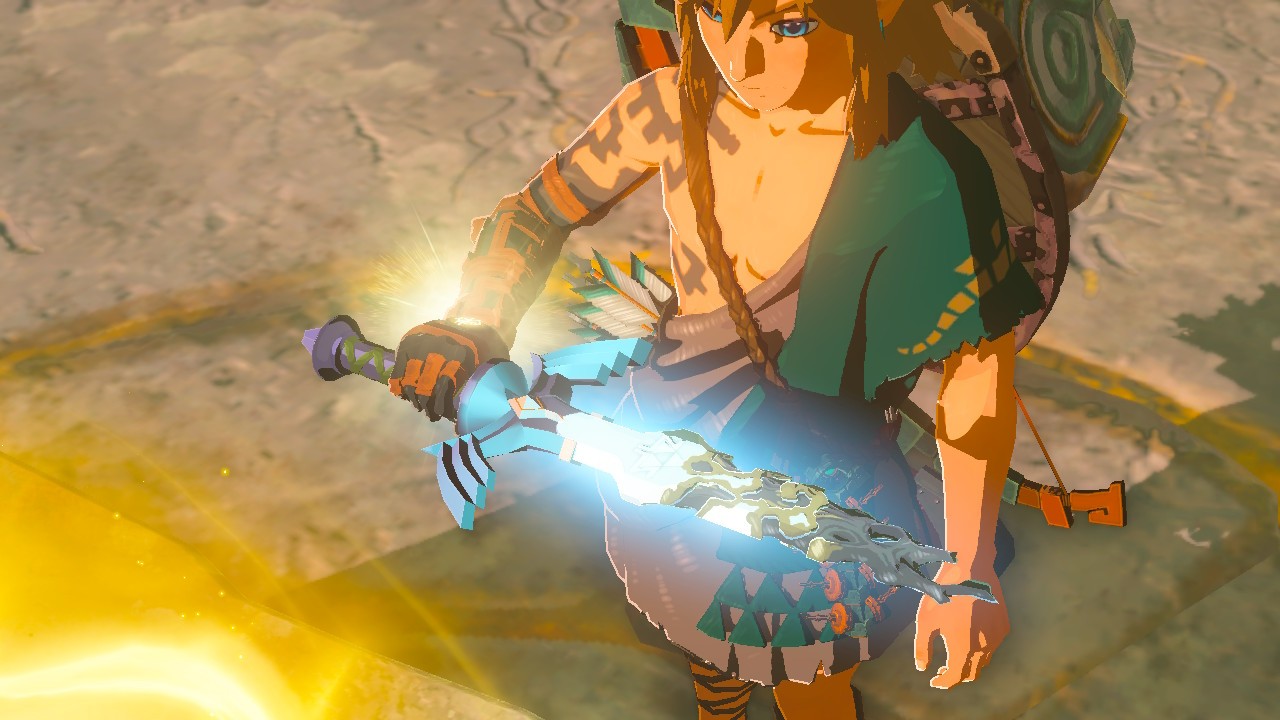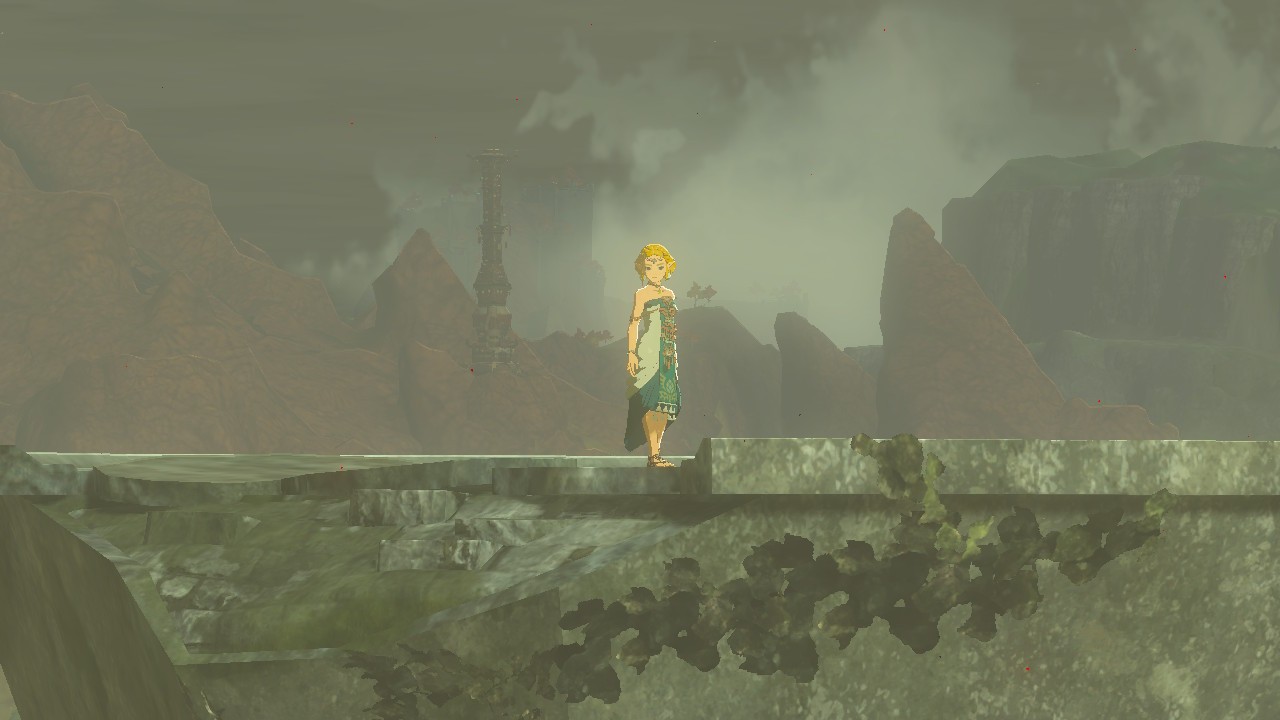The Legend of Zelda: Tears of the Kingdom Review | The Gold Standard for Open World Design
The Legend of Zelda: Tears of the Kingdom takes the excellent foundation Breath of the Wild has and continues to build upon it.
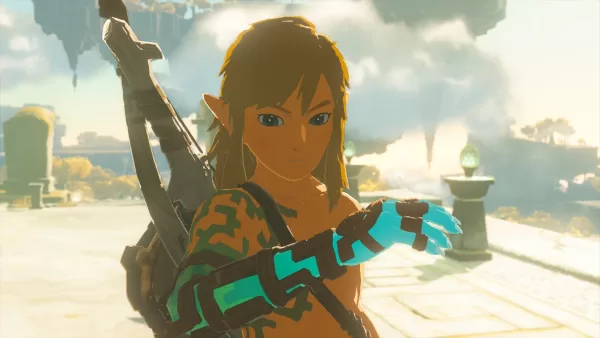
About six years ago, The Legend of Zelda: Breath of the Wild was released which reinvented the way the franchise worked and the open-world genre in general. It was an experience that transcended far beyond the Nintendo ecosystem as it became a shining example of what the Switch was capable of and just how good an experience can be if proper game design was implemented. We all knew that a sequel was inevitable. The only question was, can it surpass, or at the very least, live up to the monumental expectations everyone has? Here’s our The Legend of Zelda: Tears of the Kingdom review.
There’s a certain level of difficulty when talking about a game like this. How does one properly articulate in a few paragraphs just how generational an experience can be? How can I explain something that is best experienced when you have nearly zero prior knowledge about any of it? The nature of a Zelda game that Nintendo has always been so careful about is the sense of wonder and discovery that’s integrated into the very core of the game’s systems and not just as a result of arbitrary leveling and progression most modern games are so obsessed with.
The Legend of Zelda has always been Nintendo’s magnum opus when it comes to innovation and game design creativity and it shines at its brightest with Tears of the Kingdom. It takes whatever excellent foundation Breath of the Wild has and continues to build upon it. Just to add a little cherry on top, it’s doing all of this while running on ancient hardware.
It’s High and it Rules
I won’t be talking about anything story related with this review nor will I even mention characters for the sake of preserving your first-hand experience should you decide to jump back into Hyrule. The magic of discovering what Tears of the Kingdom have to offer is something that is just so rare nowadays in the gaming landscape that it would be a disservice if I’m the one that breaks that for you. All you need to know is that the game kicks off with interesting lore implications and questions that will linger with you as the game quickly opens up for you to explore at your own volition. It’s your story. You own it.
Sky Island, the opening area alone, provides hours and hours of content to discover and play around in. This is a place that is only meant to introduce you to the very basic systems and yet I have nearly 10 hours of playtime just trying to explore all of it.
In terms of its looks, visual fidelity isn’t quite there. There are noticeable pop-ins, low-detailed textures, and shadow artifacting but it’s never to the point where it’s game-breakingly distracting. Performance-wise, Tears of the Kingdom does hold a stable 30 FPS for the most part but it can dip down to 20+ in certain areas, high-density combat scenarios, and ability use. There’s no beating around the bush here, the Nintendo Switch is 6 years old and the fact that Tears of the Kingdom is running relatively well on this thing is nothing short of a miracle. Whatever dark magic those Nintendo developers have in there to squeeze out whatever juice the Switch has left and take full advantage of it without the console blowing up is mind-boggling.
The amazing art style alongside a world-class musical score really turns Tears of the Kingdom into something that’s just so special. It’s the typical Nintendo charm we’ve all come to know and love but to see it all come together so flawlessly in this game is a sight to behold.
At its core, Tears of the Kingdom uses the same map that was in Breath of the Wild. But, Hyrule now feels more lived-in. The open world is teeming with dynamic elements. Impressive weather effects, day and night cycles, and all the subtleties of wildlife, citizens, and structures really breathe entirely new energy into the world.
Whatever direction you choose to go, there is something to discover. A new dungeon, puzzle, items to collect, secret caves, wells, etc. Unlike most open worlds, where it feels like the entire experience is built around a checklist of things to do in order to increase stats that will dictate whether or not you can progress forward, Tears of the Kingdom trusts players enough to forego an artificial leash.
Over the years, the open-world genre has become less of a main selling point and more of an indicator that we should be worried about the amount of bloat. It leads to creative and experiential burnout from both the developers and the players. Its titles like Breath of the Wild, Elden Ring, and now, Tears of the Kingdom break the negative connotations of what an open-world game could be. All of the content feels so tightly designed and consciously placed which makes the entire experience feel so rewarding. You aren’t just making an artificial number go up to justify your progression in these games. You’re discovering the world at your own natural pace. It’s such a surreal and elegant experience that only a few developers can only come close to making.
It’s Your Kingdom
The true power of Tears of the Kingdom is in its incredibly flexible sandbox that encourages you to discover your own rules. There is an unprecedented amount of freedom in the open world. This is your playground and it lives by your rules however way you want it. Of course, it’s all within the parameters of the existing systems but the game provides you with all the tools you need to dictate your own experience.
It’s not about what you can do, it’s about what you want to do. This is the core design philosophy of Tears of the Kingdom’s gameplay systems. The different abilities Link has coupled with the incredible physics system is what elevates the experience to a whole new level.
Ultrahand lets you pick up nearly anything and piece them together. You can either use this to create structures to solve puzzles, traverse the world, or make whatever random thing you have in mind. You don’t need to look far on the internet to see what possibilities you can have with this one.
Fuse lets you combine nearly anything with your shields and weapons. This can modify your gear in ways you thought wouldn’t even be possible for both serious and fun reasons. You can take the standard route of maybe adding spikes to your wooden stick or go as far out as adding a sword to the end of a spear. Do you want a huge boulder or a cart fused onto your shield? Go ahead. Perhaps you even want it to spit fire every time you press the defense button? Fuse in a flamethrower. The possibilities are, and I cannot stress this enough with nearly every aspect of this game, endless.
The Fuse ability does recontextualize gear degradation which is still unfortunately present but, if you fuse gear together, you not only increase their stats in terms of defensive or offensive capabilities, you also increase their durability. If weapon degradation in Breath of the Wild was more of an annoying thing to deal with, in Tears of the Kingdom, it encourages you to try out more weapon and shield combos. It makes the entire thing more engaging. Discovering the number of random items I can just fuse together with my gear whether it be another weapon or a novelty object is pure fun and excitement in its purest form.
Recall allows you to reverse an object in its opposite direction. If a piece of wood is moving forward in a river, you can make it go backward. This may sound more gimmicky but it actually makes some puzzle-solving and even combat more interesting. For example, if an enemy starts throwing bombs at you, you can recall its trajectory while it’s still mid-air and have it hurling back at them.
Ascend allows you to rise up any given surface as long as it is above your head. What started as a developer tool early in development so that they can easily come out of dungeons became an in-game feature. And yes, it is incredibly fun to play around with and see just how much you can break the game trying to ascend to whatever surface you see. The level designers did their very best trying to limit it in areas where it’s technically not supposed to be used but I spent a lot of my time trying to see if I can move past their barriers. Spoiler alert: I was successful, sometimes.
There are still a couple more things but I’ll leave that for you to discover. Traversal, construction, combat, everything is recontextualized with Link’s new abilities. Using them does dip the framerate a little bit but only for brief moments. What’s more impressive is how much the entire game holds it together no matter how much you abuse these potentially game-breaking abilities. Each of them has its own specific use that branches out to a myriad of potential. I’ll even go as far as to say that each of the abilities here can be a core mechanic in any other game. It’s that good.
Tear It Up
On every path you go in Tears of the Kingdom, there is an adventure to be had. I didn’t really have the motivation to go to the main quest marker on the map simply because there was a huge patch of land in the opposite direction just waiting for me to see what was in store.
However, while exploration is a fantastic thing to do here and I’ll happily keep going on for hours and hours (which I have), it does eventually lead into the combat—which is easily the worst part of Tears of the Kingdom. It’s basically the same as it was in Breath of the Wild. You lock into an enemy and spam the attack button. You have a charge attack, block, parry, and a “dodge” mechanic. It does have great visual and sound feedback as you smack enemies into the ground but the whole system just feels a tad bit flat. Dodging and parrying does feel more consistent here compared to the previous title but it’s still unintuitive compared to other third-person melee combat games out there.
Gear fusing and being creative with the various abilities does make combat infinitely more enjoyable. You just have to be really creative with what you do.
However, I will say though that even if Tears of the Kingdom stumbles a bit with its combat, I’d argue that it’s not really the main focus of the experience. You can easily skip combat scenarios and just continue on with your exploration. That’s what I did. Tears of the Kingdom is all about relishing in the possibilities of the sandbox. Combat is merely a side thing. It’s there if you want to but you don’t really have to fully worry yourself over it.
The Legend of Zelda: Tears of the Kingdom Final Verdict – 9.5/10
The Legend of Zelda: Tears of the Kingdom is what happens when developers are able to design systems that are catered to player engagement. The sense of discovery and ownership you have for the sandbox is unmatched in any other experience out there.
This game is where Nintendo is at its best. There are no artificial barriers, no predatory microtransactions, and no sequel baiting or cutting content for DLC. Tears of the Kingdom is a full package that just keeps on giving. If you own a Nintendo Switch, this is a must-have in your library. And if you don’t have a Switch, this is a very strong argument as to why you should go out there and get one.


